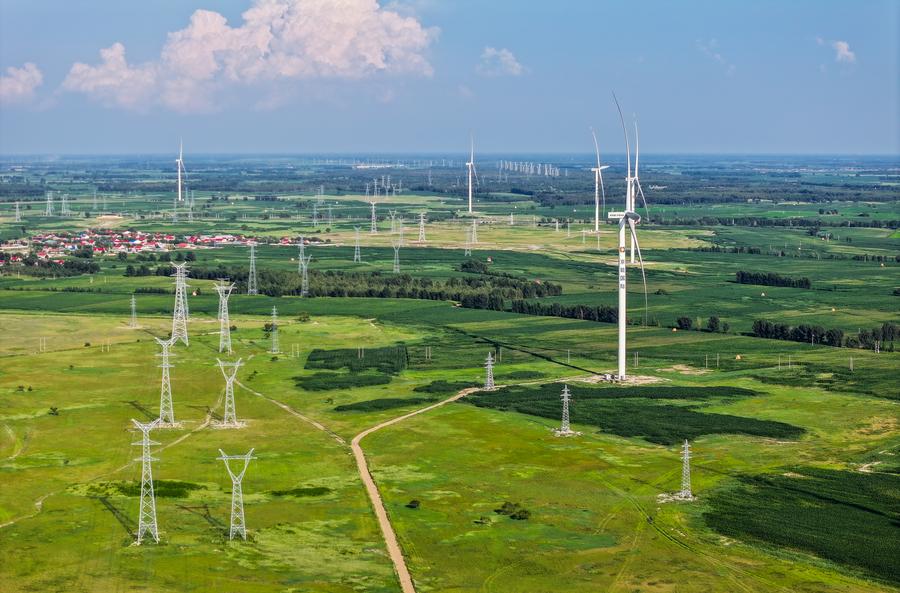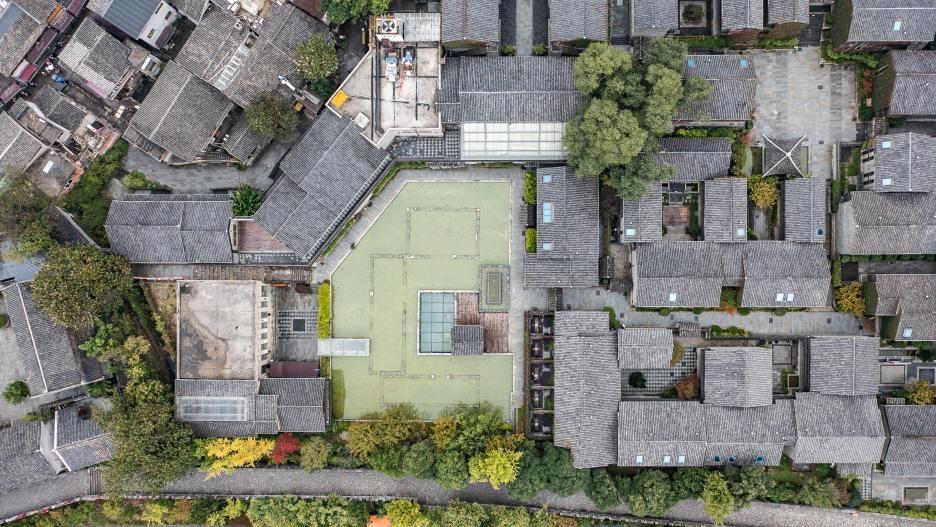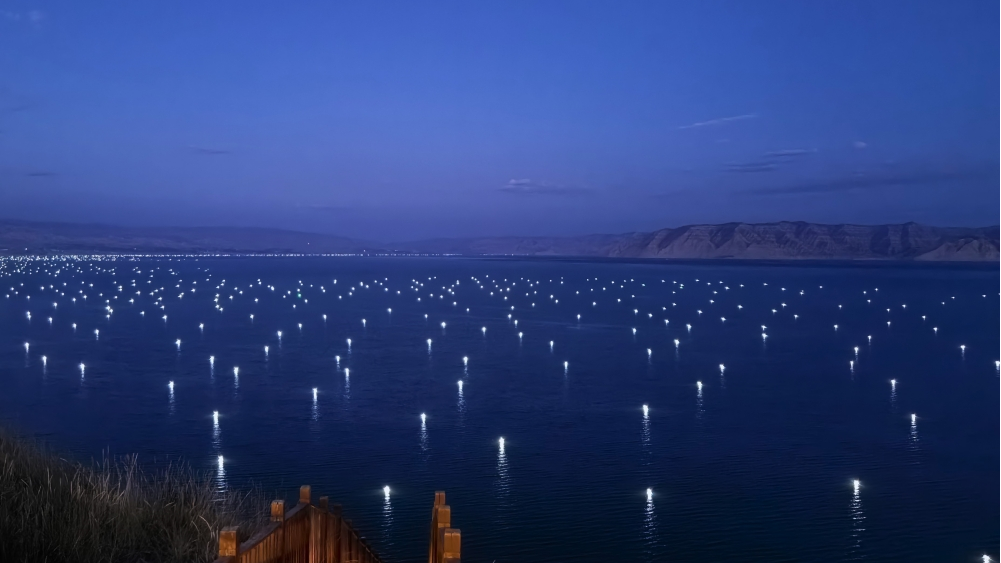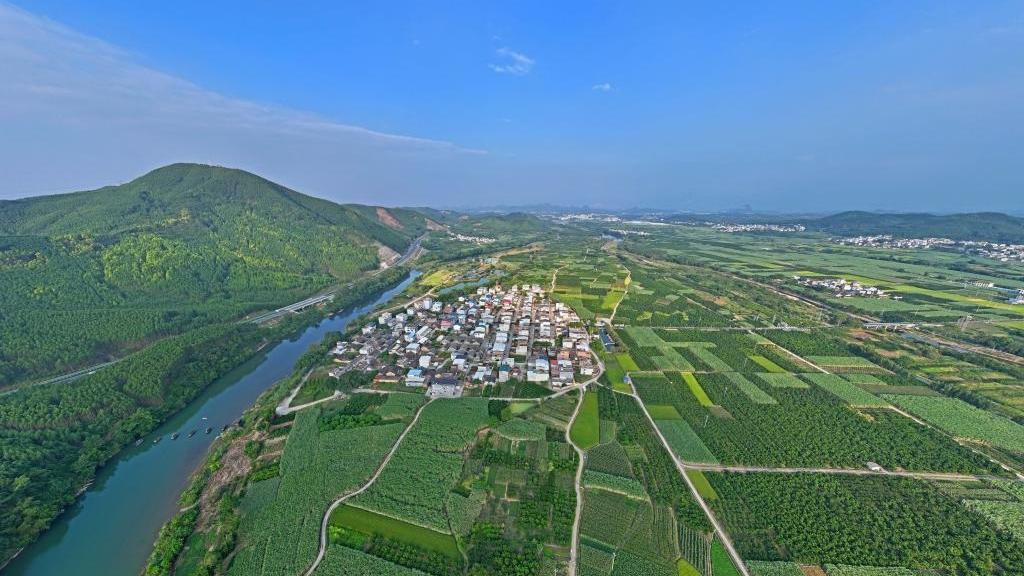Hydrogen energy fuels green development in Inner Mongolia

An aerial drone photo taken on July 19, 2024 shows a wind farm in Tongliao, China's Inner Mongolia Autonomous Region. (Xinhua/Lian Zhen)
HOHHOT, Oct. 17 (Xinhua) -- At a hydrogen production and fueling station of Shengyuan Energy in north China's Inner Mongolia Autonomous Region, hydrogen-powered heavy trucks drive in and out, replenishing their fuel supply.
The hydrogen produced at the station, located in Ejin Horo Banner in the city of Ordos, is close to 100 percent purity. "We can produce 2,000 cubic meters of hydrogen per hour, and the daily hydrogenation capacity is 1 tonne, meeting the demand of 60 hydrogen-powered trucks," said Su Jianjun, head of the hydrogen station.
The station is one of 450 similar facilities nationwide, and reflects the rapid growth of the hydrogen industry in the Inner Mongolia Autonomous Region.
As of April 2024, the region had approved the implementation of 39 hydrogen production projects integrating both wind and solar power, supporting 21.36 million kilowatts of new energy and 855,000 tonnes of green hydrogen.
The current mainstream hydrogen production method involves water electrolysis using industrial by-products. However, the process is accompanied by carbon emissions because the electrolytic water consumes fossil energy.
The real green hydrogen can be made using renewable energy such as solar and wind energy instead of fossil energy to power the water electrolysis. The abundant wind and solar energy in the Inner Mongolia Autonomous Region can fuel the continuous and reliable production of green hydrogen.
According to the energy bureau of the Inner Mongolia Autonomous Region, the region added 8.35 million kilowatts of installed new-energy capacity from January to May 2024, ranking first in China.
By the end of May this year, the total installed capacity of new energy in the region reached almost 102 million kilowatts, accounting for 45 percent of the total installed capacity of electric power. This scale of new-energy capacity has laid a solid foundation for the development of green hydrogen in the Inner Mongolia Autonomous Region.
The economic development of the Inner Mongolia Autonomous Region has relied on energy for a long time, facing the limits of resource depletion, environmental pollution and industrial structure imbalance. Therefore, it made efforts to cultivate the hydrogen industry and build a clean, low-carbon, safe and efficient modern energy system.
In both February and June this year, the region unveiled a series of policies to accelerate the development of the hydrogen industry. Since then, more than 20 enterprises, including the State Power Investment Corporation Limited and Shanghai Hydrogen Propulsion Technology, have set up hydrogen projects in the Inner Mongolia Autonomous Region.
"The annual capacity of our fuel cell stacks has reached 1.5 million kilowatts, while the power system capacity amounted to 10,000 sets per year," said Yang Zhen, deputy general manager of Ordos Guohong Hydrogen Energy Technology Co., Ltd.
Hydrogen is a type of secondary energy that can be widely used, playing an important role in building a clean, low-carbon, safe and efficient energy system. It is expected to contribute to achieving carbon peak and carbon neutrality in the future.
In a plan on the sector's development for the 2021-2035 period released in March 2022, China defined hydrogen energy as a significant part of its future energy mix and aims to achieve its green and low-carbon transformation with a vibrant hydrogen energy industry.
China has initially achieved the main technologies and production processes of hydrogen energy production, storage, transportation, hydrogenation and fuel cells.
Photos
Related Stories
Copyright © 2024 People's Daily Online. All Rights Reserved.









